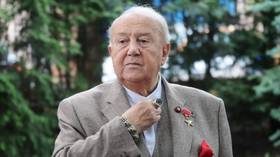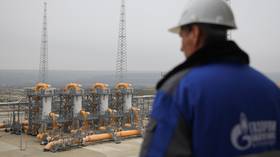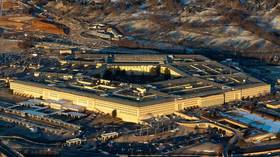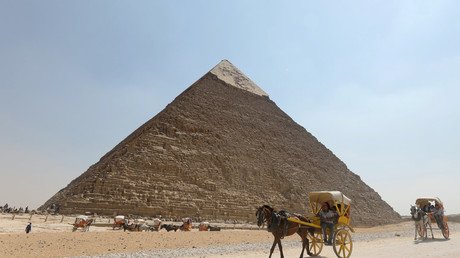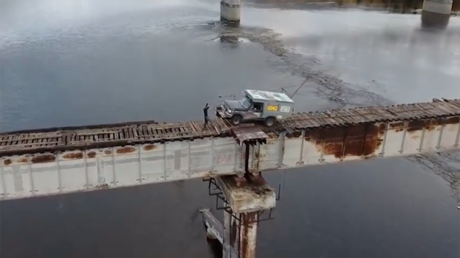Scientists may have discovered lost chunk of mystery planetoid Theia buried inside the Moon

According to one theory of how our moon formed, roughly 4.5 billion years ago a Mars-sized object collided with a newly-formed Earth. However, we could never confirm its existence. Until now...
In what is known as the giant-impact hypothesis, a planetoid of some description from elsewhere in the solar system is believed to have fused with the Earth, potentially helping to create the conditions to support life.
However, during this massive collision, so the theory goes, a large chunk known as Theia is believed to have broken off and formed the Moon. Now for the first time, scientists think they have found traces of Theia inside the Moon, hiding almost in plain sight.
Previously, models predicted that between 70 and 90 percent of the Moon should have been made up of Theia, but lunar samples brought back for analysis showed mostly terrestrial oxygen isotopes found back here on Earth and not alien ones from elsewhere in the solar system.
Also on rt.com Earth has had TWO MOONS for past three years… and no one noticedThe odds of Theia having a similar composition to the Earth are extraordinarily small, so theorists and researchers were left scratching their heads; That is, until planetary scientist Erick Cano and his team performed a meticulous and methodical reanalysis of the lunar samples we’ve so far been able to bring back to Earth.
Parsing through the data from a huge variety of rock samples taken from the lunar surface and volcanic lunar glass, using modified analysis techniques, the team found that, contrary to earlier findings, the oxygen isotopes varied hugely depending on the type of rock they analyzed and the depth from which it was taken.
The deeper the rock sample was found on the Moon, the heavier the oxygen isotopes became, diverging greatly from what we typically find on Earth and indicating that the researchers had, in fact, found Theia below the lunar surface.
The team believes that the Moon’s exterior was pulverized in the colossal collision all those billions of years ago and encased Theia in huge amounts of dust, almost like a bonbon.
Crewed missions to the Moon in the near future would facilitate further, deeper analysis to confirm the theory.
Like this story? Share it with a friend!






